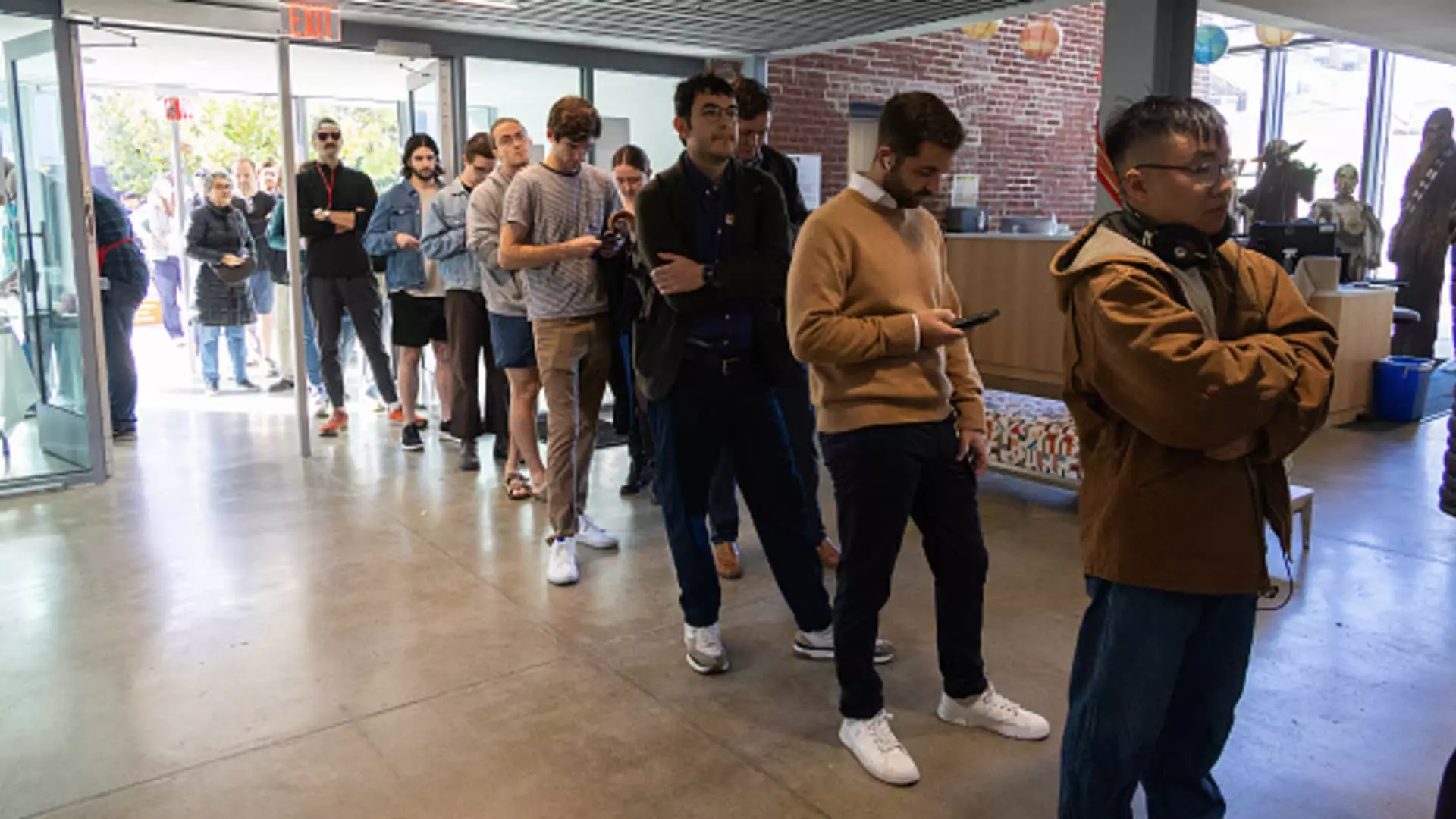As the United States approached its most recent election, a stark division among voters was evident. This divide was particularly pronounced when examining gender dynamics, revealing important insights into the political landscape. Women overwhelmingly supported Vice President Kamala Harris, while men predominantly backed President Trump. With a striking 21-point gender gap in preferences, these trends are critical to unpack as they reflect broader societal issues and individual concerns during the election period.
According to exit polls reported by NBC News, Harris captured 53% of women’s votes, leading Trump by an 8-point margin. Conversely, Trump attracted 55% of men’s support, extending his lead over Harris by 13 points. These statistics illuminate the contrasting motivations and values driving male and female voters. Trump’s appeal among men can largely be attributed to economic concerns that resonate more deeply within this demographic. The perception of economic stability and growth often dictates political allegiance, particularly among marginalized groups, including Black and Hispanic men, whose sentiments were crucial in the election’s outcome.
Julia Pollak, lead economist at ZipRecruiter, highlighted the economic disillusionment that many men face. The feeling of being left behind is not just anecdotal; it has roots in tangible labor market trends. With a growing number of men between the ages of 25 to 54 exiting the workforce—often referred to as prime working years—the question of economic mobility emerges as a defining issue for many voters. Pollak’s insight draws attention to the systemic barriers affecting non-college-educated men, who are increasingly encumbered by the evolving job market influenced by globalization and technological advancement.
The education gap between men and women is another facet contributing to the electoral divide. Pew Research Center data indicates a significant shift over the past few decades; in 1995, young men and women had nearly equal rates of bachelor’s degree attainment at 25%. Fast-forward to today, and the trend tells a different story: 47% of women aged 25 to 34 hold a bachelor’s degree versus just 37% of their male counterparts. This disparity reflects broader societal changes, including shifting educational aspirations and workforce dynamics.
The challenge extends beyond degree attainment. Schools often celebrate a four-year college path as the most desirable route, neglecting alternative educational and vocational programs. As traditional blue-collar jobs decline due to automation, many young men find themselves without viable employment options, feeling increasingly marginalized from the labor market. This scenario cultivates a demographic of young men classified as NEETs (Not in Employment, Education, or Training), who are particularly vulnerable in the face of economic hardship.
Furthermore, a separate survey conducted by the National Endowment for Financial Education (NEFE) indicated that men were more likely than women to feel that election outcomes would directly affect their financial situations. The connection between personal financial health and political preferences cannot be overlooked; those from lower educational backgrounds expressed the strongest sentiments regarding potential monetary impacts resulting from election results.
Billy Hensley, president of NEFE, noted that this introspection around financial prospects likely influenced many voters’ decisions in the election booth. It suggests a broader trend where immediate financial concerns overshadow other political issues. For many, the precariousness of their economic situation takes precedence over social or cultural factors that might traditionally guide voting behavior.
Despite the gender divide, it is essential to recognize the progress women have made in educational attainment and professional fields. With women prioritizing career ambitions over traditional family roles, there’s a clear shift in societal norms. Pollak mentions that women now often choose career experiences over early marriage or motherhood, seeking a more balanced approach to life’s responsibilities with an eye toward reproductive rights and professional support such as universal childcare.
However, while reproductive rights became a focal point in the election rhetoric, it was not the primary driver for increased female voter turnout. This insight highlights that while issues like affordable housing and parental leave remain critical for many families, women continue to advocate tirelessly for both fundamental rights and economic equality.
The outcome of this election underscores the necessity to address the disparities that exist on both sides of the gender divide. As the country grapples with evolving societal norms and economic pressures, the juxtaposition of these dynamics presents challenges and opportunities for future political engagement. Now more than ever, understanding these intricacies will be crucial for political candidates, lawmakers, and activists who seek to bridge the gap between diverse voter bases in upcoming elections.

